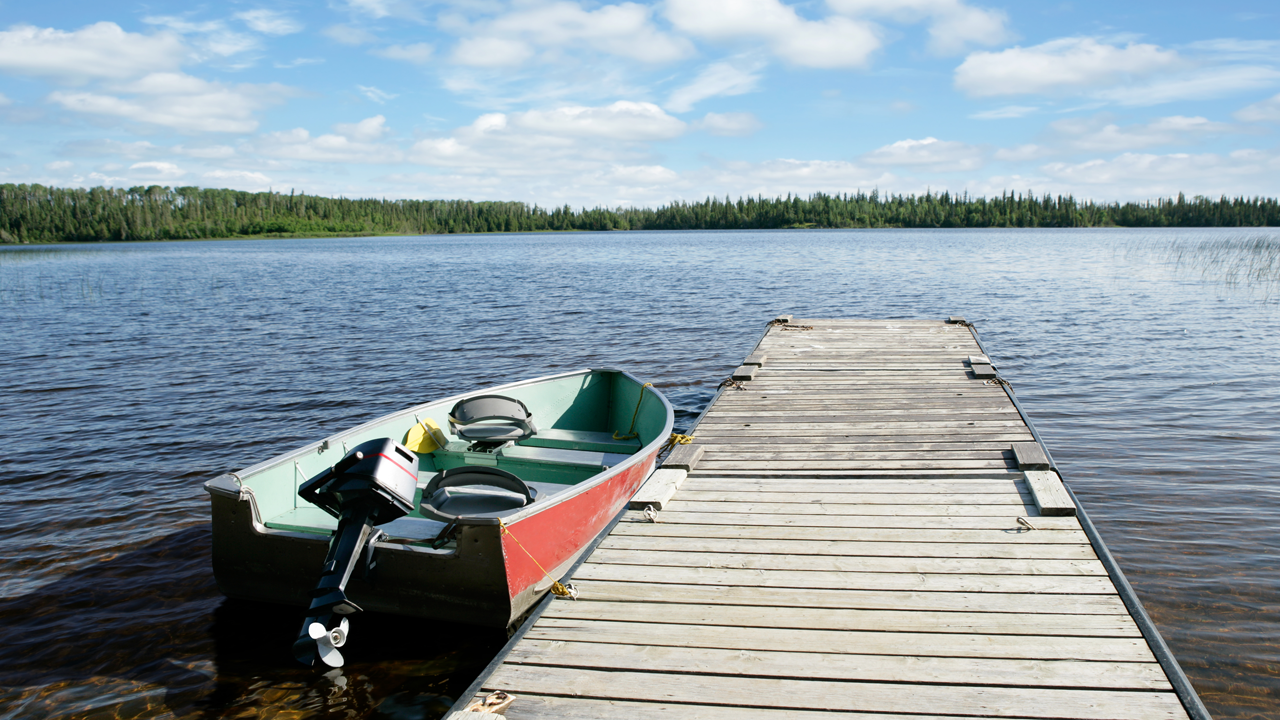
The Minnesota Governor’s Fishing Opener takes place this weekend, kicking off the season for fishing enthusiasts across the state. As Minnesotans head to the lakes looking for walleye, northern pike, and other prize catches, a University of Minnesota startup company is gearing up for a busy summer seeking out a less popular species—common carp.
Carp Solutions, featured in a recent Star Tribune article, works to improve water quality and create a better habitat for native fish and waterfowl by removing invasive carp from waterways. The company was founded in 2015 based on research by Przemek Bajer, Ph.D., assistant professor of fisheries, wildlife, and conservation biology in the U’s College of Food, Agricultural, and Natural Resource Sciences.
“Invasive species, including the common carp, are often major drivers of native species decline or even disappearance, so by controlling the invasives we are preserving native biodiversity,” said Bajer, owner of Carp Solutions. “Managing species like the common carp is also one of the more cost-effective ways of improving water quality in lakes.”
According to the Minnesota Department of Natural Resources, common carp are one of the most damaging aquatic invasive species in the state. While feeding at the bottom of lakes, the fish uproot and kill the aquatic plants that improve water clarity and provide a source of food and habitat for native fish and waterfowl. The sediment they stir up in the process also increases phosphorus levels in water, which can lead to the formation of green algae.
Bajer and his staff—general manager Jordan Wein and fish biologist Aaron Claus—use a combination of field work, laboratory analysis, and advanced modeling to determine the management strategies most likely to help watershed districts and lake associations with high concentrations of invasive carp. As one of several ongoing projects, Carp Solutions is working in Ramsey County’s Lake Owasso, which has more than twice the minimum level of carp it takes to degrade water quality. Beyond Minnesota, the startup has also received interest from natural resource managers in Colorado, Michigan, and Wisconsin.
As the startup continues to grow, so too are its capabilities.
“We have expanded the breadth of services we offer by using new technologies that should make carp management faster and cheaper in the future,” Bajer said.
These new technologies include solar-powered antennas that can continuously monitor the movement of carp in remote locations, where traditional monitoring would be difficult, and an electric guidance system that can herd migrating carp into traps for removal. In addition, Bajer said Carp Solutions has developed a new way to train carp to gather together using carp-specific food as bait, making it possible to remove large numbers of carp in different types of lakes without affecting native fish. The company will conduct large-scale tests of the new technologies later this year.
Learn more about the creation of Carp Solutions and Bajer’s research.